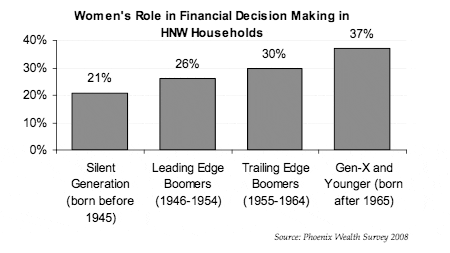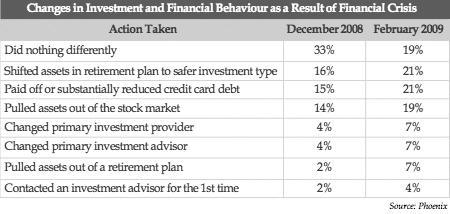The Wealth Report – May Issue

Over the last decade, collaborations between luxury brands and contemporary artists have gone beyond mere artistic partnerships towards a new kind of luxury branding.
PARIS – Art and fashion have always developed side by side, for fashion, like art, often gives visual expression to the cultural zeitgeist. During the 1920s, Salvador Dalí created dresses for Coco Chanel and Elsa Schiapparelli. In the 1930s, Ferragamo’s shoes commissioned designs for advertisements from Futurist painter Lucio Venna, while Gianni Versace commissioned works from artists such as Alighiero Boetti and Roy Lichtenstein for the launch of his collections. Yves Saint Laurent’s vast art collection, recently auctioned at Christie’s in Paris, testified to his great love of art and revealed the influence of a variety of artists on his own designs.
In the 1980s, relationships between luxury brands and artists were advanced when Alain Dominique Perrin created the Fondation Cartier. In the Fondation Cartier pour l’Art Contemporain, a book marking the foundation’s 20th anniversary, Perrin says he makes “a connection between all the different sorts of arts, and luxury goods are a kind of art. Luxury goods are handicrafts of art, applied art.”
The Fondation Cartier pour l’Art Contemparain building in Paris
In their monthly Wealth Report for Luxury Society members, Marc Cohen, Director of Ledbury Research, a London-based research agency and James Lawson, Editor of High Net Worth, the agency’s flagship publication, report on the evolving state of world wealth.
In their monthly Wealth Report for Luxury Society members, Marc Cohen, Director of Ledbury Research, a London-based research agency and James Lawson, Editor of High Net Worth, the agency’s flagship publication, report on the evolving state of world wealth.
Arab Billionaires’ Wealth Drops
The combined wealth of Arab Billionaires has fallen by 35% to around $116bn (from $178bn last year) (Forbes Arabia Magazine). Saudi Arabia retains the highest number of billionaires (14), with a combined wealth of $61bn. The UAE ranked second with 6 billionaires, followed by Kuwait with 4; the Lebanon dropped from second to fourth place with only 3 (down from 7 last year). However, there remain 34 billionaires with a net worth of over $100bn which is impressive given the geopolitical and economic volatility experienced throughout the region over the past years. Other countries such as Russia, India and Turkey fared much worse, losing about half of their billionaires in just one year.
HNW Women
Women play an increasing role in the financial decisions of US households (Phoenix). In 27% of HNW households, the woman is the most influential member of the family on financial matters; this translates into approximately 2m women making financial decisions for their HNW household. As seen in the chart to the right, a woman’s role in family financial decision making differs by generation; in the Gen-X HNW households, more than one in three women are the primary financial decision makers. Women tend to be less confident in their knowledge of financial products and services and therefore are more likely to leave the decision to the man in the household, or seek the advice of professional advisors. Only 20% make all their decisions without any input from anyone else, compared to 32% of men.

Number of Wealthy Investors Grows in China
Although the Shanghai Stock Exchange lost two-thirds of its value in 2008, not all investors lost out (South China Morning Post). According to a report produced by the China Merchant Bank, by the end of this year there will be over 320,000 high-end investors in mainland China each with more than 10m yuan ($1.5m) of capital to speculate with. This represents an increase of 6% in the number of investors and an increase of over 7% in the amount of capital. Beijing, Shanghai, Guangzhou, Zhejiang and Jiangsu accounted for the majority of this group, with each region counting over 20,000 of these investors; the highest number is in Guangzhou, with 46,000 investors, almost 15% of the national total.
HNWI Reactions to the Financial Crisis
US HNWIs (over $1m investable assets) have changed their investment and financial behaviour as a result of the financial crisis (Phoenix). 7% have changed their primary investment provider or advisor, compared to 4% in December last year, and 19% have pulled assets out of the stock market to invest in a safer type of investment vehicle compared to only 14% in December. This shows that individuals are getting less optimistic about the economic climate or have had a delayed reaction and are now taking steps in order to try and preserve some of their wealth. The table above shows the changes in financial behaviour of HNWIs.

Wealthy Turn to Islamic Banking
Sharia banking has not been affected as much as western banks by the economic downturn (High Net Worth Dec 2008). However, while it enjoyed strong growth among ordinary banking clients, the wealthy have been slower to embrace Islamic finance (Wealth-Bulletin). Many wealthy individuals in the Gulf preferred to seek familiar western financial brands that could offer the latest products. The Bank of London and the Middle East, based in the UK, has recently launched a sharia-compliant private bank, in the hope of attracting wealthy individuals; although they may not benefit as much in a rising market, they would be protected in a downturn. Ironically, Islamic finance has been trying to mimic complex and risky western financial products in recent years, which has caused investors to lose large amounts of money.



